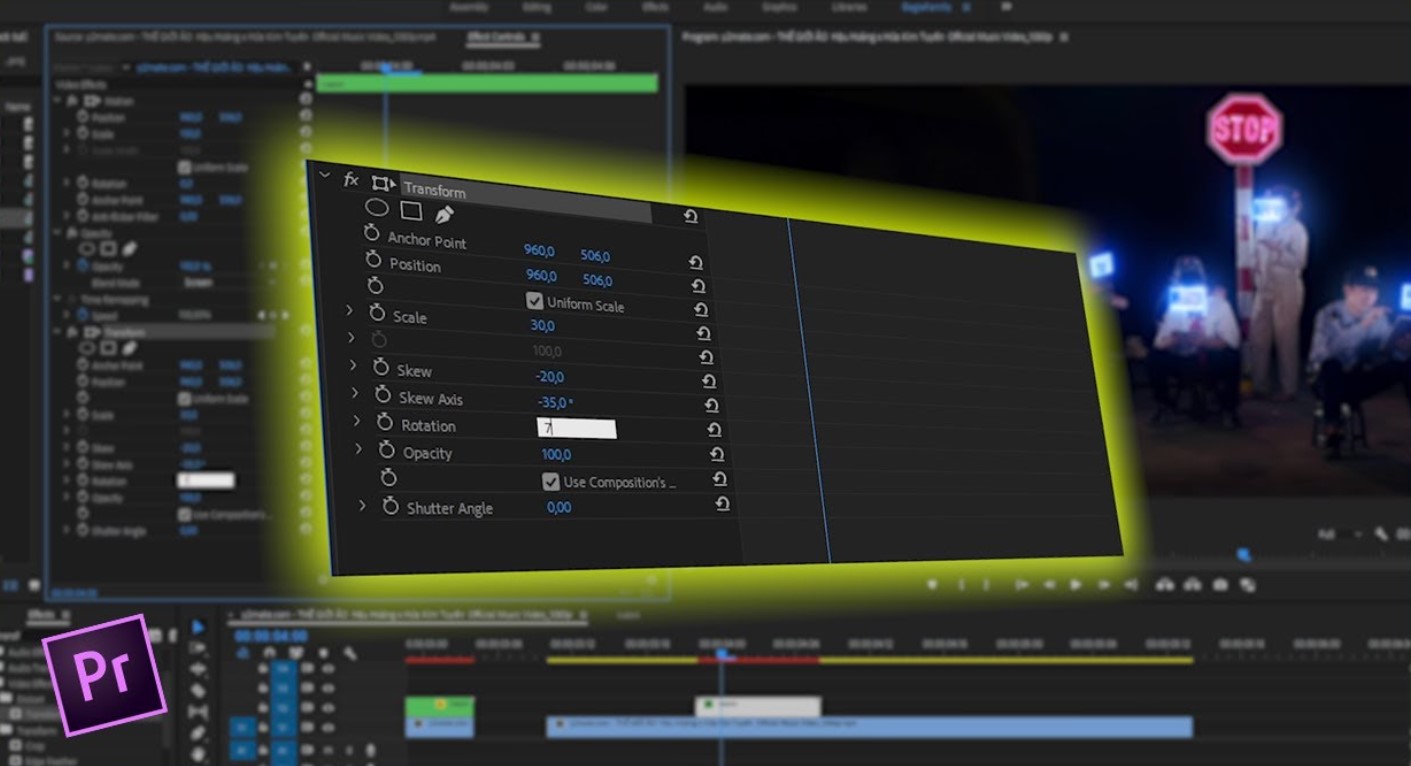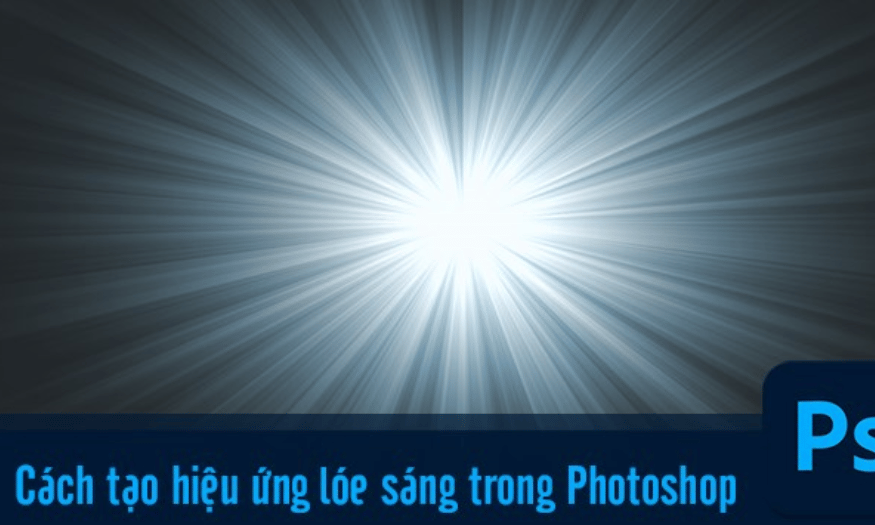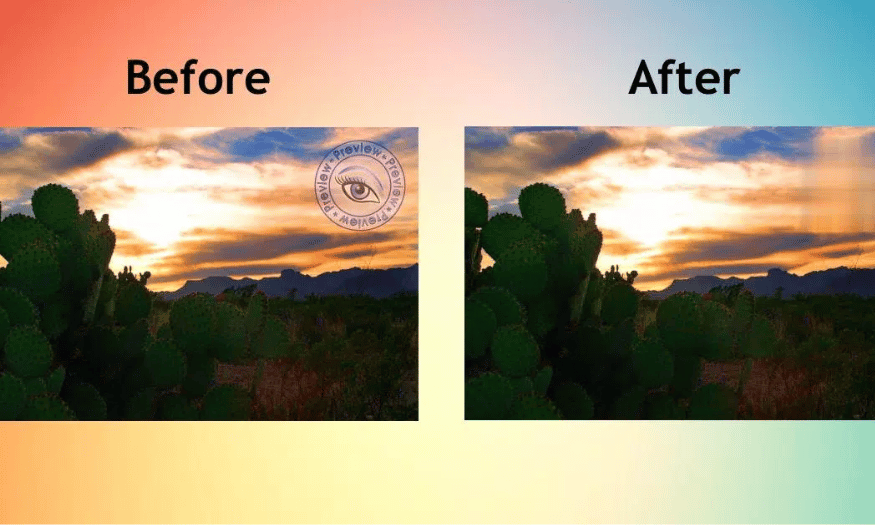Best Selling Products
6 Photo Compositions and Common Mistakes Every Photographer Should Know
Nội dung
- 1. Learn About Photographic Composition
- 2. Statistics on 6 Photo Compositions Every Photographer Needs to Know
- 2.2. Centering Composition
- 2.3. Diagonal Composition
- 2.4. Negative Space Layout
- 2.5. Symmetrical Layout
- 2.6. Layered Composition
- 3. Common Photography Mistakes and How to Fix Them
- 3.1. Error Cutting Scene Too Close to Object
- 3.2. Lack of Depth
- 3.3. Insufficient Light
- 3.4. Uneven Lighting
- 3.5. Eye Focus Error Too Strong
- 4. Conclusion
Discover 6 essential photographic compositions that every photographer should master. This article provides great tips to help photographers improve their skills and create impressive photos.

Photographic composition is one of the important factors that determine the success of a photo. For photographers, understanding and correctly applying the principles of composition not only helps improve the quality of the image but also helps them clearly express the message they want to convey. In this article, Sadesign will share 6 basic photographic compositions that every photographer needs to master to create excellent works. At the same time, learn about common mistakes when taking photos and how to fix them.
1. Learn About Photographic Composition
Photographic composition can be simply understood as the arrangement of elements in the frame to create a balanced and harmonious photo. A beautiful photo not only depends on the main subject but also requires the arrangement of surrounding elements, to highlight the subject and create interest and appeal to the viewer.
.jpg)
Composition is not a fixed element, but can change depending on the style and purpose of the photograph. Photographers use the rules of composition to guide the viewer's eye, create harmony, and ensure that every detail in the photo has a reason to exist.
2. Statistics on 6 Photo Compositions Every Photographer Needs to Know
Photography is a process that requires meticulousness and sophistication, but not everyone can create perfect photos the first time. In photography, there are some basic compositions that you need to know, from which you can use them to create beautiful and impressive photos. Below are 6 photographic compositions that every photographer needs to master.
2.1. Rule of Thirds
One of the most basic compositional principles in photography is the Rule of Thirds . According to this principle, the frame is divided into nine equal parts by two horizontal and two vertical lines. Important elements in the photo will be placed at the intersection of these lines or along the lines.
.jpg)
The benefit of the Rule of Thirds is that it helps create balance in the photo, avoiding the subject being placed in the middle, which can make the photo boring. Instead, when the subject is placed off-center, the photo becomes more dynamic and easier to attract the viewer.
Practical application : The rule of thirds can be applied to any genre of photography, from portraits to landscapes to street photography. For example, in landscape photography, you can place the horizon along one of the two horizontal lines of the frame to create balance between the sky and the ground.
2.2. Centering Composition
While the Rule of Thirds helps create symmetry, Centered Composition focuses on placing the main subject right in the middle of the frame. This method helps create strength and prominence for the subject, as centering tends to be easier to notice.
Benefits of Centered Composition : This method is often used when you want to show the strength and clarity of a subject. This composition is very useful in portrait photography, when you want to highlight the subject's face.
Practical application : When you take a photo of a person or an object, try placing them in the center of the frame. This will make the subject stand out more, and also give a sense of importance to the subject being photographed.
.jpg)
2.3. Diagonal Composition
Diagonal composition uses diagonal lines in the frame to create movement and depth in a photo. Diagonals can be natural elements such as roads, train tracks, or straight lines in an architectural scene.
Benefits of Diagonal Composition : When you apply this composition, your photo will have a sense of movement and depth, which helps to increase the appeal and aesthetics of the photo. Especially, when you want to convey a sense of dynamism, movement or contrast in a photo, this composition is a great choice.
Practical application : In a landscape photo, you can look for elements that have natural diagonal lines such as roads, trees, or even shadows from light. Using these lines will lead the viewer from one point in the photo to another, creating a sense of open space.
2.4. Negative Space Layout
Negative space (also known as empty space) in photography is the area that has no subject or only secondary elements surrounding the main subject. This composition uses empty space to create strong contrast, making the subject stand out more.
Benefits of negative space : This composition brings a sense of sophistication and elegance to the photo. Through the use of empty space, you can highlight the main subject, create an impression on the viewer and at the same time bring a sense of relaxation and spaciousness.
Practical application : When taking a photo of a subject, you can create space around the subject to highlight them. For example, when taking a photo of a sports car, you can use the space around the car to create a highlight effect for the car.
2.5. Symmetrical Layout
Symmetrical composition is a technique that uses reflection or repetition to create a perfectly balanced image. This composition is often used when you want to create a photo that is harmonious, pleasing, and pleasing to the eye.
.jpg)
Benefits of Symmetrical Composition : Symmetry helps create harmony, peace, and draws the viewer’s attention to the center of the photo. This composition is especially effective in architectural photography, where symmetrical elements can be used to create a sense of stability and order.
Practical application : In architectural photography, you can use elements such as windows, doors, or the lines of buildings to create symmetry. When photographing naturally symmetrical scenes, this composition helps to highlight their harmonious beauty.
2.6. Layered Composition
Layered composition uses multiple layers or elements in a photograph to create depth and dimension in a space. These layers can include near and far objects or elements with strong contrasts in light and color.
Benefits of Layered Composition : When using this composition, the photo will have a clear structure, creating a sense of depth, making the viewer feel like they are entering a real space. Layered composition helps make the photo more interesting and emotional.
Practical application : In landscape photography, you can create layers by photographing close-up subjects such as trees, roads, or background elements such as mountains and sky. These layers will help create depth in the photo.
3. Common Photography Mistakes and How to Fix Them
.jpg)
Even if you have mastered the rules of composition, you may still make some common mistakes while taking photos. Here are some mistakes and how to fix them.
3.1. Error Cutting Scene Too Close to Object
One of the common mistakes that many photographers make when starting out is cropping too close to the subject. This makes the subject lack space and lack of openness in the photo. To fix this mistake, you need to pay attention to the distance between the subject and the surrounding elements, creating a comfortable space for the subject.
3.2. Lack of Depth
Sometimes, a photo can lack depth and appear flat. To fix this, you can use depth-creating elements such as diagonal lines, frames, or contrasting light and dark elements.
3.3. Insufficient Light
Lighting plays a very important role in photography. If the light is too low or too high, the photo can lose detail or look lifeless. Make sure you always check the lighting before taking a photo, and if necessary, adjust the brightness of your camera to get the best photo.
3.4. Uneven Lighting
Lighting is an important factor that determines the quality of a photo. Too much or too little light can reduce the detail and contrast of the photo. To avoid this, always check the lighting before taking a photo and adjust it to suit the scene and subject. In case the lighting is not enough, you can use supporting tools such as flash or edit the lighting after taking the photo.
3.5. Eye Focus Error Too Strong
Many photographers make the mistake of focusing too much on one point in a photo without paying attention to the surrounding elements. This makes the photo monotonous and lacking in variety. Instead, use techniques like focus, lighting, and leading lines to create a more harmonious and interesting composition.
Buy Cheap Photoshop License
4. Conclusion
This article has introduced 6 basic photographic compositions , common mistakes when taking photos and how to fix them that every photographer needs to know. Mastering photographic compositions is an important factor in the development journey of every photographer. At the same time, flexibly applying composition principles helps you create impressive, beautiful and artistic photos. Try applying these compositions in your works to improve the quality of your photography and expand your creativity. Don't forget to visit Sadesign to learn the latest knowledge about this section!












































